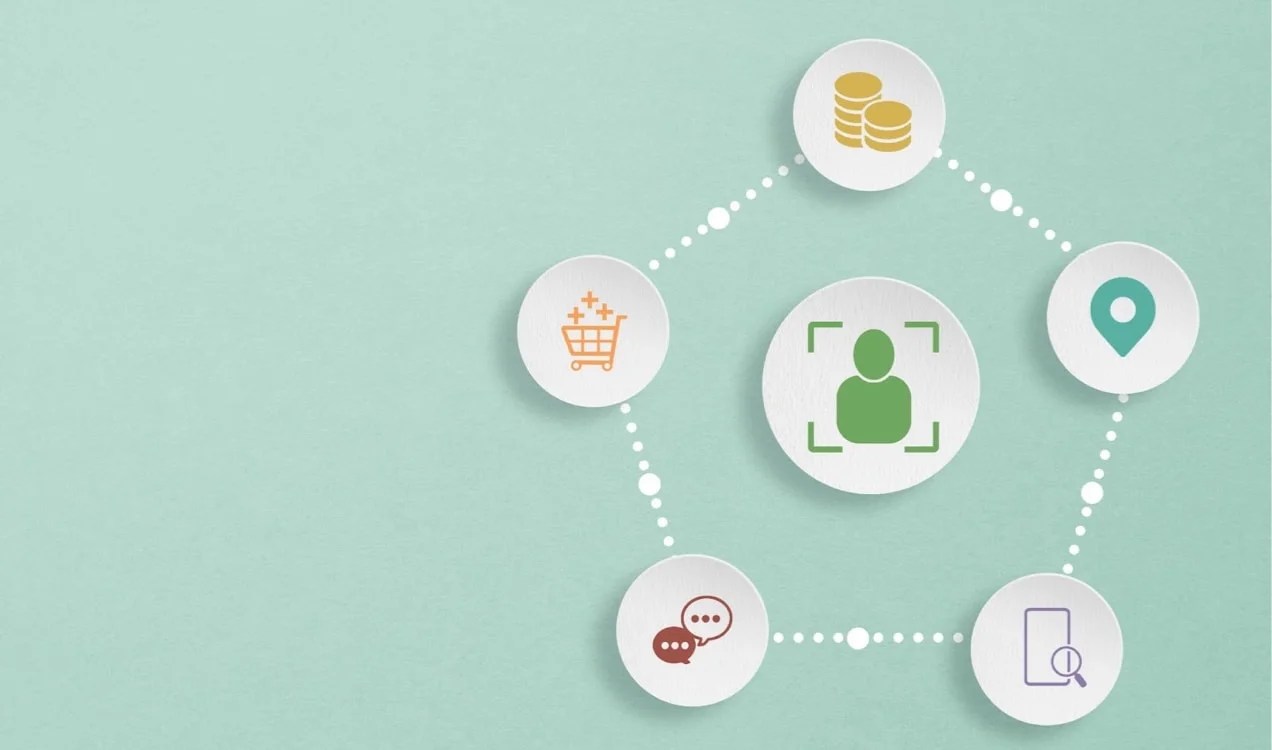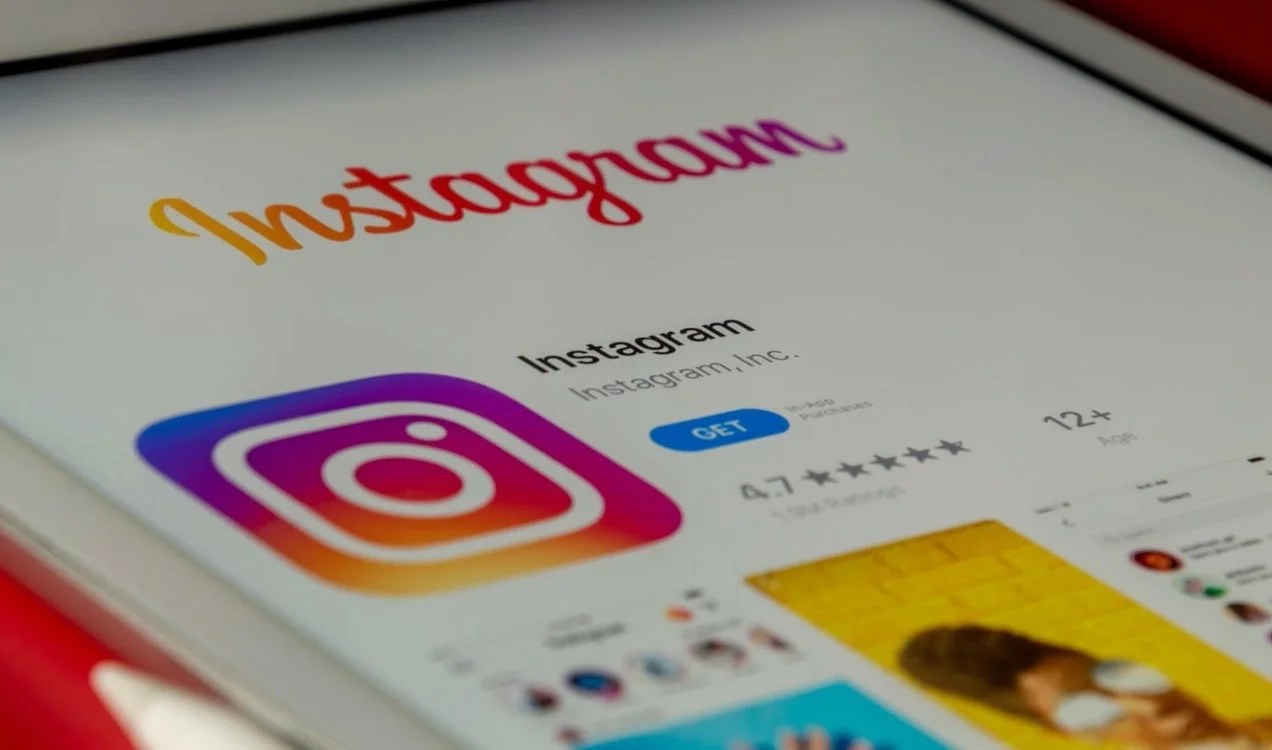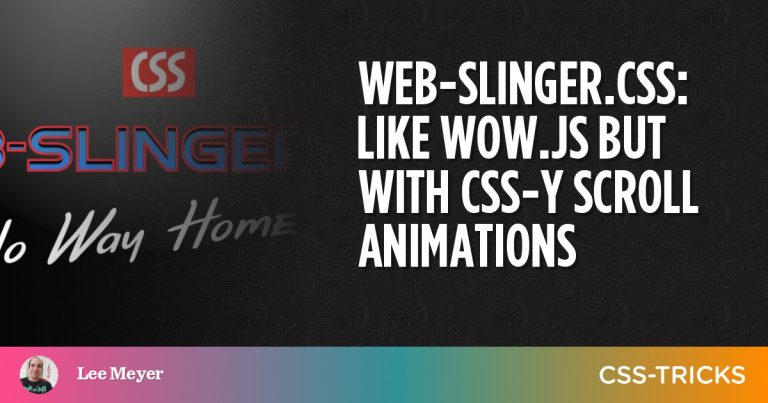Marketing that tries to reach everyone usually ends up reaching no one. That doesn’t mean no one actually sees it. But what really matters is how many consumers respond. The way to increase buying behaviors is to tailor your marketing messages to specific target audiences.
But first, you need to define and reach your target audience.
Why? Because you want to convert potential customers into actual ones. You want revenue. You want brand loyalty. Fans. Referral partners. Brand advocates who may not even realize that’s what they are.
Your best customers are out there. And the way to find them is through targeted advertising that engages people who are already a natural fit for your products. The great news is, businesses small and large can benefit from reaching their target audience effectively.
Marketing campaigns designed to reach a target audience don’t need to persuade potential customers to do something they don’t want to do. They just need to persuade them that your company’s products and services are the best choice for something they already want to do.
Focusing on target audiences is therefore much more cost efficient. You can spend less because you’ll be reaching fewer people, but it will be more effective because these people want what you’re selling.
Do you have just one target audience? Or can you have more than one?
The answer will be different for each business, because yes, you can have more than one specific target audience. The larger variety of products and services you sell, the more likely it is that you’re serving more than one target market.
And, the more narrowly you define each target audience, the more audience segments you can cultivate.
Suppose a business sells fashion for young women. They might say their target audience is young women with moderate to high disposable income who are in high school, college, or recently graduated.
But then, as their business grows, and they start to build relationships with more customers, they might discover they’re actually serving several different audiences. They may learn that young professional women are buying very different clothes — even for casual wear or weekends — than college women.

They might find high school girls more reachable through certain social media channels, and women in their twenties through others. Ads that convert well for one group might not work as well for another.
And what if they also discover that nearly all their customers are single? Should they try creating a new digital marketing campaign to reach young women in relationships? Married women? What about young mothers?
It’s one demographic target market — young women. But the more you learn about your customers, their buying behaviors, and their interests, the more unique target audiences you may find thriving within the broader target market.
And that’s just a demographic example. If you decide to define a behavioral target market, an occupational target market, or various other examples, the same variety of audiences emerges.
1. Learn your target audience
Table of Contents
- 1 1. Learn your target audience
- 2 2. Figure out where they hang out
- 3 3. Learn how to engage target audiences through all media channels
- 4 4. Create relevant marketing content
- 5 5. Call out your target market in your headlines
- 6 6. Continue using identifying language in copy
- 7 7. Follow up and cultivate
- 8 Share this:
- 9 Like this:
In order to reach your target audience, you have to know who they are.
How do you define a target audience? There are at least three primary ways:
By demographic
These are the people your products and services were designed for. You can define a target audience based on demographic information such as age groups, ethnicity, marital status, gender, location, occupation, and things of that sort.
Using behavioral targeting
Then there are behavioral target markets, which arise from consumer behavior — what people do.
Examples include products they buy, forms they fill out, pages they’ve clicked on, industries they frequent, and other advertising they’ve responded to. You can also define a specific group from your audience’s lifestyle.

Through psychographic targeting
You can pursue psychographic target audiences. With these, you focus on people based on their beliefs, opinions, values, interests, fears, worries, desires, cares, and concerns. What do these potential clients and consumers want, and why do they want it? Those interests might not directly align with your products. But if they align with the beliefs, opinions, and values of your brand, you can create brand affinity as a result.
If your business has been going for a while, your target audience can also be your existing customers. You have already succeeded in converting them into buyers. Nurturing that relationship with ongoing marketing campaigns is another form of targeted advertising.
Is a target audience the same as a buyer persona?
No, this is not the same thing. A buyer persona is a hypothetical description of an ideal customer. It can be based on data, ideas you have about who would want your products, real customers and what you’ve learned about them, and also on your audience targeting.

The buyer persona helps you visualize the type of person you’re selling to so you can write relevant content that will engage and get them interested. But the target audience is an actual group of consumers who can be found online and in real world locations. You can’t send real advertisements to a buyer persona.
2. Figure out where they hang out
Different target audiences can be found in different places.
Online media
For example, few people are on all the social media channels. Specific demographics tend to gravitate toward different social media platforms.
Other people may not use social media much at all, but they still use online search tools to find things, get answers, and solve problems.
There are also other forms of media, such as traditional TV and radio, YouTube, podcasts, live streaming, and online forums such as Reddit and Quora.

Offline media
Offline, some target audiences can be found in person at events like industry expos, local business groups, clubs, community organizations, and religious institutions. You can also target people in certain B2B audiences through trade publications. And of course, you can also target potential and existing customers with direct mail, SMS, and email.
To reach your target audience, figure out where your audience spends its time and energy.
3. Learn how to engage target audiences through all media channels
Many target audiences can be found through multiple media channels. Don’t limit yourself only to social media platforms, or Google Ads, or SEO, or email. The most effective promotional strategies tend to use a multichannel or omnichannel marketing approach. And how you interact with your target audience in each channel might not look the same.

You can reach Gen Z on Tiktok using the style of video that has become popularized on that platform. That same approach may need to be adjusted for YouTube or other social platforms. And if you want to reach Gen Z through a streaming platform, your paid ads will use still another marketing strategy.
Learn the types of keywords your target audience uses when searching online. Learn the relevant hashtags they use or respond to. Pay attention to popular TV shows and music your target audience consumes.
For some audiences, a picture of John Wayne will get their instant attention. For other audiences, that would be the absolute worst choice of imagery. The entertainment, sports, celebrity, and media your ideal audience enjoys speaks to where and how to reach them.
Influencer marketing
You may be able to reach your target audience through influencer marketing. An influencer creates their own social media content and has lots of followers, usually people who share certain common interests. If your audience’s interests align with those of the influencer, you can pay the influencer to promote your brand.
You can find different influencers on different platforms, and partner with them to reach people you may have never otherwise found.
4. Create relevant marketing content
Some content attracts your target audience even though they weren’t necessarily looking for it. This would include targeted ads along with free and boosted posts on social media platforms. Other marketing responds to actions taken by an ideal customer. Examples of responsive marketing tools include SEO, marketing automation, and landing pages.

For both types, the content must be relevant to your target audience. You’re communicating to them, about things they care about, using language they will respond to — and not to anyone else.
Attract and repel
The best targeted advertising attracts one audience while also repelling the others.
A great example would be an ad for hearing aids. You’re probably not selling hearing aids to 25-year-olds. You’re also not selling them to a good share of retired people. This is a narrow subset.

Your marketing message should reflect the stage of life that nearly everyone in your target audience is living, and focus on them alone. This will affect the language in your headlines, the photos and images you create, the calls to action, the emotions you try to activate — and everyone who isn’t in that target audience will ignore your ads completely.
Which you want them to do. Especially with many paid ads, because you often pay for each click. You don’t want to be paying for non-buyers to still click on your ads because the ad copy was too vague or irrelevant.
Relevant content can take many forms, such as
- Blog posts
- Newsletters
- Direct response ads
- Social media posts
- Ebooks
- Infographics
- Memes
- Personalized content
- How-to articles that answer common questions
You can also reach new members of your target market using a referral program. Referral programs work because most people who give referrals do so because something comes up in conversation that makes them think of your business. Whoever they are referring to will be in your target audience.
5. Call out your target market in your headlines
More than any other aspect of your marketing, your target audience needs to see themselves in your headlines. An attention-getting picture is only as good as the headline that accompanies it. Otherwise, it’s just a big “what’s that?”
Your headline copy needs to identify and call out the people it’s designed to engage. Ideally, it will also attempt to elicit some sort of emotional response that your products or services can address.
Targeting headline examples
Headlines are not the place for bland, catch-all language. Sometimes, you can get your audience interested with just a single word. For example, here’s a made-up headline:
“3 Survival Tools You’ll Kick Yourself for Not Having”
One single word — survival — will attract the right audience.

You could take the exact same headline, switch out that word, and it now targets an entirely different group of potential buyers. For example:
“3 High-tech Gadgets You’ll Kick Yourself for Not Having”
You know the target audience immediately. And the emotional language — though the exact same words in both headlines — is arousing a very different set of emotions, because the social context in which the prospect doesn’t have these three items has completely different stakes.
Other ways to reach your target audience in your headlines include:
- Identifying a core belief to show you’re like them and they can trust you
- Using their actual name, such as in personalized coupons
- Using an industry buzzword that will get them interested
- Pairing the copy with an image so that both resonate with your target market
- Mentioning common pain points your audience will feel immediately
- Proposing a solution to problems your target audience needs help with
6. Continue using identifying language in copy
The headline opens the discussion. It gets attention. It earns a look. But consumers will still be wondering, is this all just a gimmick or are you the real deal? They may feel recognized, seen, and understood by your headline or imagery, but what about the rest of your content?
To reach your target audience and convert them into buyers, the rest of your copy needs to continue using the same type of language and imagery that attracted the prospect at the start.
Your products and services really do solve the problems your target audience cares about.
You really do have things to sell that appeal to their needs, wants, and desires. And your content needs to reflect that. They need to feel like you have a solid understanding of what matters to them.
This means following more of the best practices you learned for crafting effective headlines. More benefits, more solutions to pain points they care about, more core beliefs, more references to pop culture, movies, music, TV shows, sports, and whatever else will resonate with these potential customers.
Infuse all your marketing strategies with language, imagery, and calls to action that your target audience will respond to.
7. Follow up and cultivate
No matter which media you use to attract your target audience, once they have clicked, called, filled out a form, shown interest, or taken whatever action your initial marketing efforts are proposing, what happens next?
Some prospects and leads will buy immediately. Others might need some nudging with an upsell or two, and then they’ll buy. Others might need an abandoned cart email to help complete their purchase intention.
But many others will require some follow-up and cultivation based on whatever data you have about them.
And even after they buy, you want to continue sending relevant content to your existing customers, always engaging them with an approach designed to make them feel known, heard, and understood. You want them to feel, “This business gets me.”
Strategies to deepen loyalty
That’s what breeds brand loyalty. That’s what makes price less of a hindrance.
Use automation to create email welcome series, welcome texts, newsletters, and other content marketing for new customers and leads that will deepen their connection with your company.
If you have a more complex sales process due to higher priced items or subscription services, you might even have actual salespeople doing calls or demonstrations. These salespeople need to be able to connect verbally with your target audience.

If the follow-up marketing strategy includes video or video conferencing, how your salesperson dresses matters — a lot. What kind of clothing will your target audience expect this person to wear?
Paying attention to each touchpoint and aligning the details with how your target audience thinks, feels, and acts will result in more sales, higher revenue, and greater customer loyalty.
You can respond to this article in three ways:
- Go through your existing copy and tailor it to reach your target audience
- Create new marketing campaigns designed to engage specific audience segments
- Do both!
When you’re ready to distribute your new messages? Use one of the many marketing extensions available from WooCommerce to amplify your efforts!

About
Kathryn Marr
Kathryn Marr is the co-founder and Chief Creative Officer of Blue Ivory Creative, where she combines design expertise with a deep understanding of ecommerce and WordPress. She helps brands turn complex ideas into clear, compelling content that connects with their audience — whether they’re just starting out or firmly positioned among the world’s leading companies.





